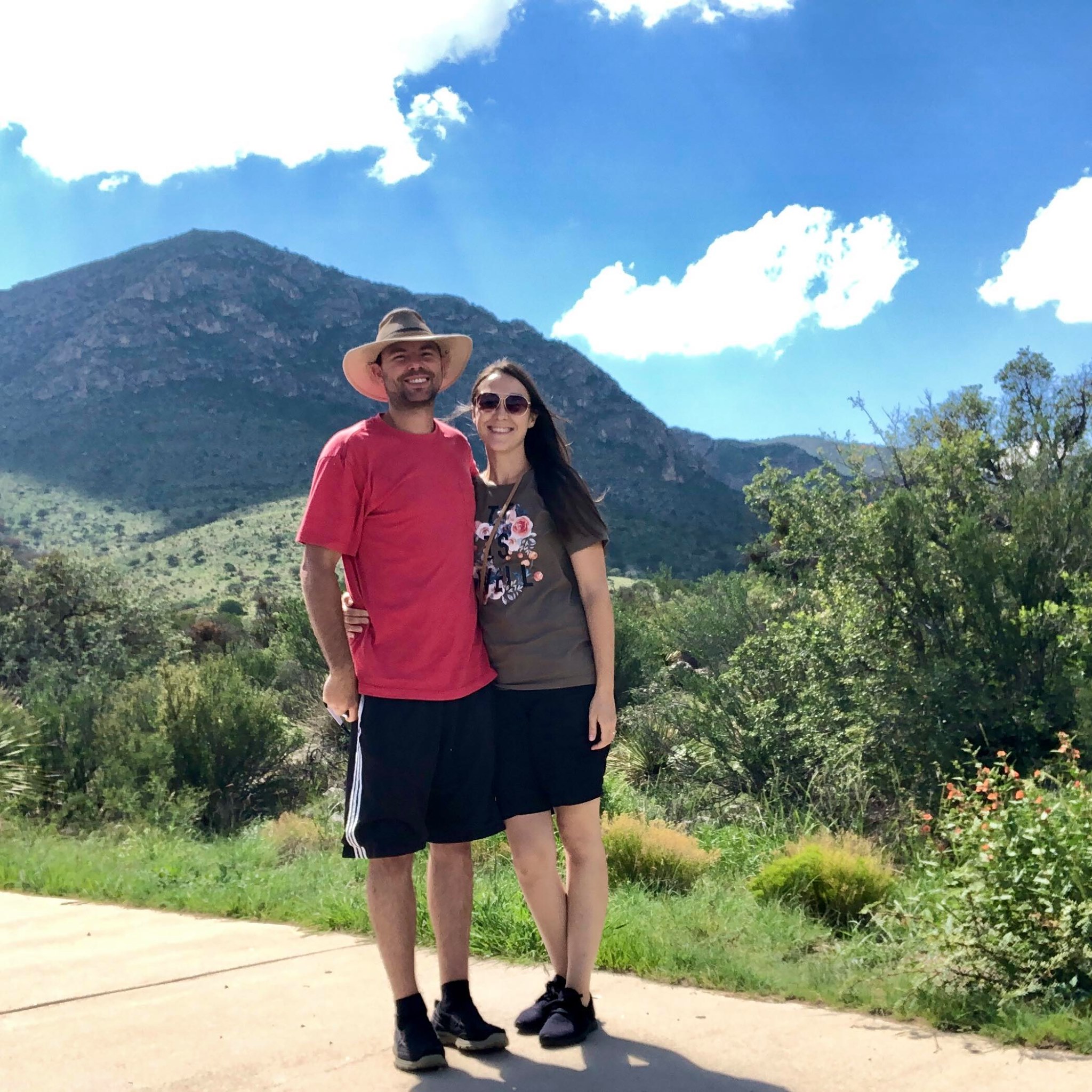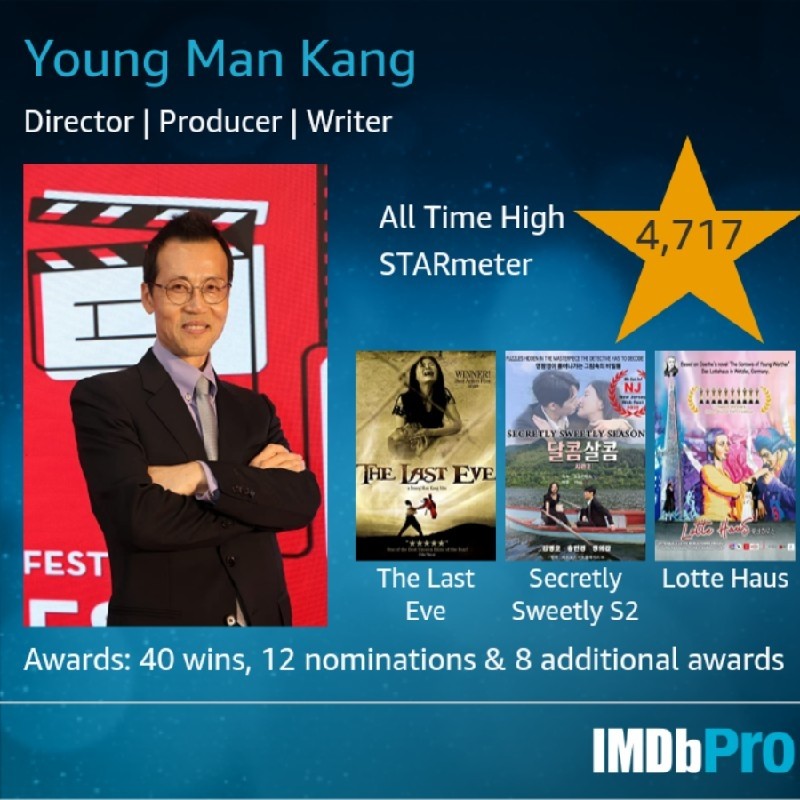
A sales funnel is a visual representation of the customer journey from the initial awareness of a product or service to the final purchase. It’s called a “funnel” because, similar to the shape of a funnel, the number of potential customers decreases at each stage of the process. The goal of a sales funnel is to guide prospects through a series of steps, gradually converting them into paying customers.
Here is a typical structure of a sales funnel with its key stages:
- Awareness:
- At the top of the funnel, potential customers become aware of your product or service. This can happen through various marketing channels such as social media, content marketing, advertising, or word of mouth.
- Interest:
- Once aware, prospects may develop an interest in your offering. This stage involves providing more information, engaging content, and solutions to the problems or needs your audience may have.
- Consideration:
- In this stage, potential customers are actively considering your product or service. They might compare it with alternatives, read reviews, and evaluate the value it offers.
- Intent:
- Prospects at this stage have the intention to make a purchase. They may be looking for specific features, pricing details, or other information that helps them finalize their decision.
- Purchase:
- The final stage involves the actual conversion – the prospect becomes a customer by making a purchase. This could happen online, in a physical store, or through other sales channels.
- Post-Purchase (Retention and Advocacy):
- The sales funnel doesn’t end with a purchase. It extends to post-purchase stages where businesses focus on customer retention and turning satisfied customers into advocates. This can involve providing excellent customer service, loyalty programs, and encouraging referrals.
How It Works:
- Lead Generation: Use various marketing strategies to attract potential customers and generate leads. This can include content marketing, social media, SEO, and advertising.
- Lead Nurturing: Once you have leads, provide them with valuable content, information, and engage them to build trust and move them through the stages of the funnel.
- Conversion: Guide leads towards making a purchase through effective sales tactics, clear communication, and addressing any concerns or objections.
- Retention and Advocacy: After a purchase, focus on retaining customers by providing excellent post-purchase experiences. Satisfied customers may become advocates, helping you attract new customers through referrals.
Sales funnels can vary in complexity and structure based on the nature of the business, industry, and the specific goals of the marketing strategy. They are a fundamental concept in marketing and sales, helping businesses understand and optimize the customer journey for better results.

What is TOFU, MOFU and BOFU?
TOFU, MOFU, and BOFU are acronyms representing different stages in a marketing and sales funnel. These terms stand for:
- TOFU: Top of the Funnel
- This is the initial stage of the customer journey, also known as the awareness stage. At the top of the funnel, the goal is to attract a wide audience and make them aware of your brand, product, or service. Marketing activities at this stage focus on generating awareness and capturing the attention of potential customers.
- MOFU: Middle of the Funnel
- The middle of the funnel is the consideration stage. At this point, individuals are aware of your brand, and the focus shifts to nurturing leads who have shown interest. Marketing efforts aim to provide more detailed information, build trust, and help prospects evaluate your offering. It’s about moving potential customers from being aware to considering your product or service.
- BOFU: Bottom of the Funnel
- The bottom of the funnel is the decision or conversion stage. This is where potential customers have progressed through awareness and consideration and are ready to make a decision. Marketing and sales efforts at this stage are geared towards closing the deal, addressing specific concerns, providing pricing details, and encouraging the final conversion, whether it’s a purchase, sign-up, or another desired action.
These stages collectively represent the customer journey from the initial awareness of a product or service to the final conversion. Each stage requires different types of content, strategies, and communication to effectively guide potential customers through the funnel.
In summary:
- TOFU (Top of the Funnel): Awareness stage, attracting a broad audience.
- MOFU (Middle of the Funnel): Consideration stage, nurturing leads and providing more detailed information.
- BOFU (Bottom of the Funnel): Decision or conversion stage, closing the deal and encouraging the final action.
Our Services

































